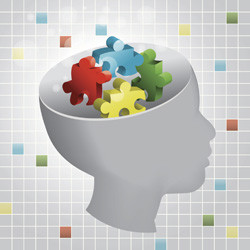Neuroligin-4 – Role in autism
Individuals with ASD lack social skills, show behavioural changes, and often exhibit poor verbal and non-verbal communication. To find a cure or prevent ASD onset, it is necessary to elucidate the underlying molecular mechanisms. Neuroligins (NLs) are synaptic cell adhesion proteins that mediate synapse development and function. Genetic mutations affecting NL4 in particular have been linked to ASD. Researchers of the NL-4 IN AUTISM project investigated the role of NL4 in ASDs as well as synapse development and function using NL4 knockout (KO) mouse models. To begin with, researchers identified areas of the brain where NL4 is widely expressed. They focused on the hippocampal region and found that loss of NL4 affects synapses involved in processing cognitive information that helps in guiding behaviour. Proteomic screening of NL4 KO mice helped identify several proteins with altered expression. A major achievement is the development of novel conditional NL KO mouse models. These models can be used for testing effects of NL expression or loss at different time intervals during postnatal brain development. Such conditional expression should help reveal if it is possible to reverse cognitive impairments. Project activities have opened up novel avenues for developing therapies for ASDs. The NL4 KO mouse models will prove particularly useful in studying neurodevelopmental disorders and identifying autism-related behavioural phenotypes. Future studies could reveal if ASDs and cognitive impairment can be reversed through treatment.







